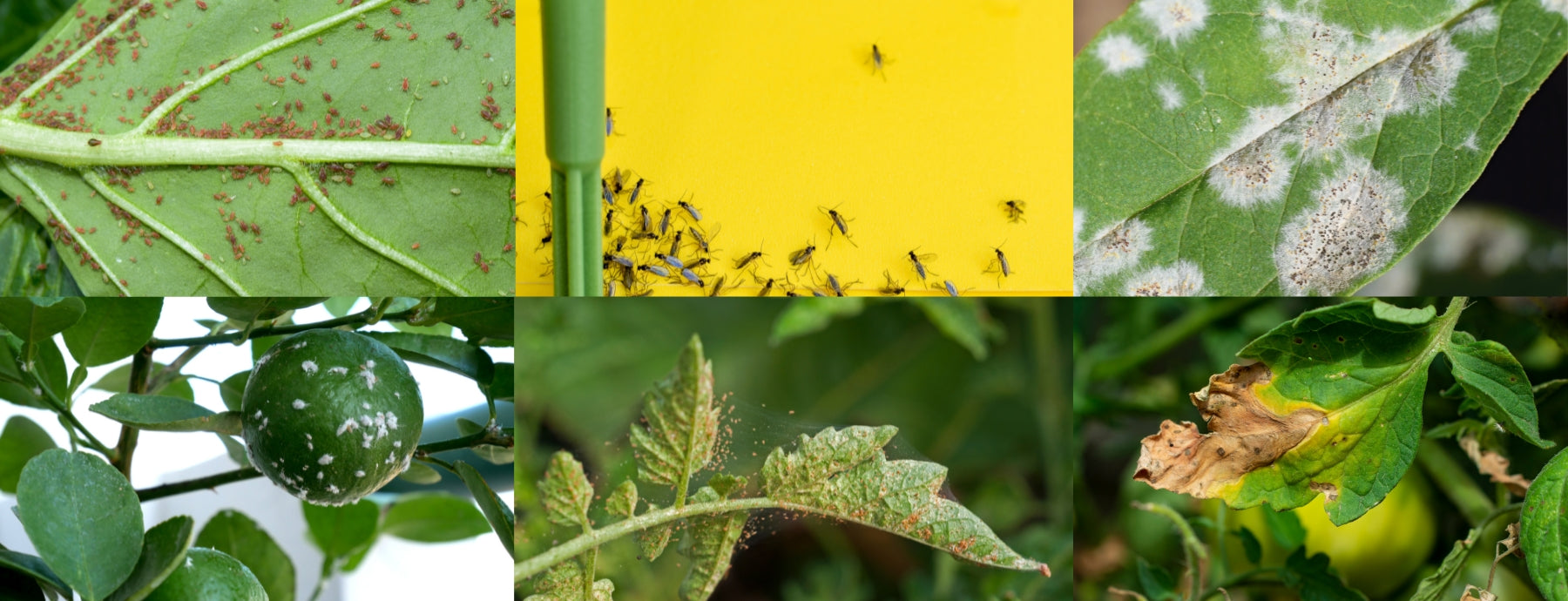
Keep It Clean
How to minimize risks of pests and disease
Title
Why Cleanliness Matters
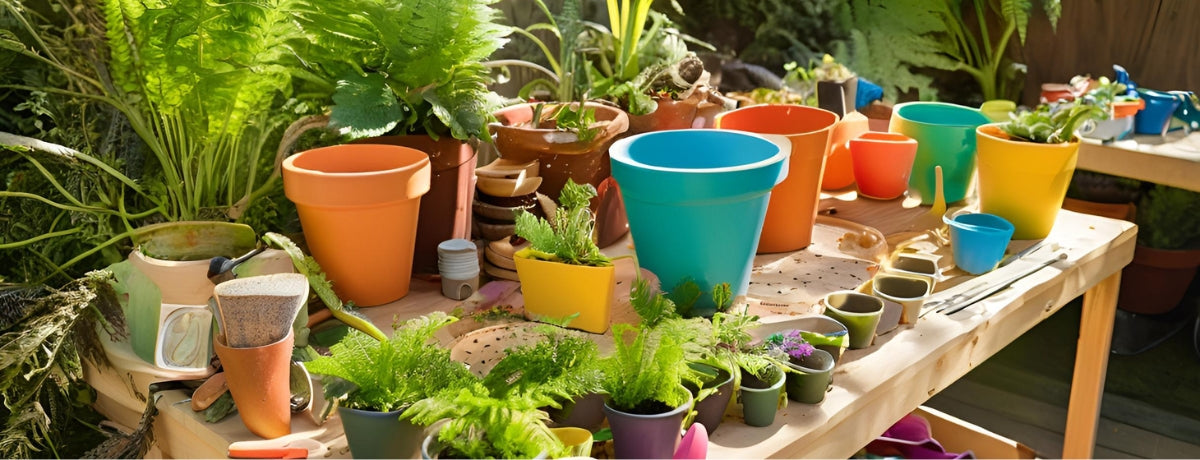
Title
Best Practices for Keeping Plants Safe
1. Wash Your Hands Before Handling Plants
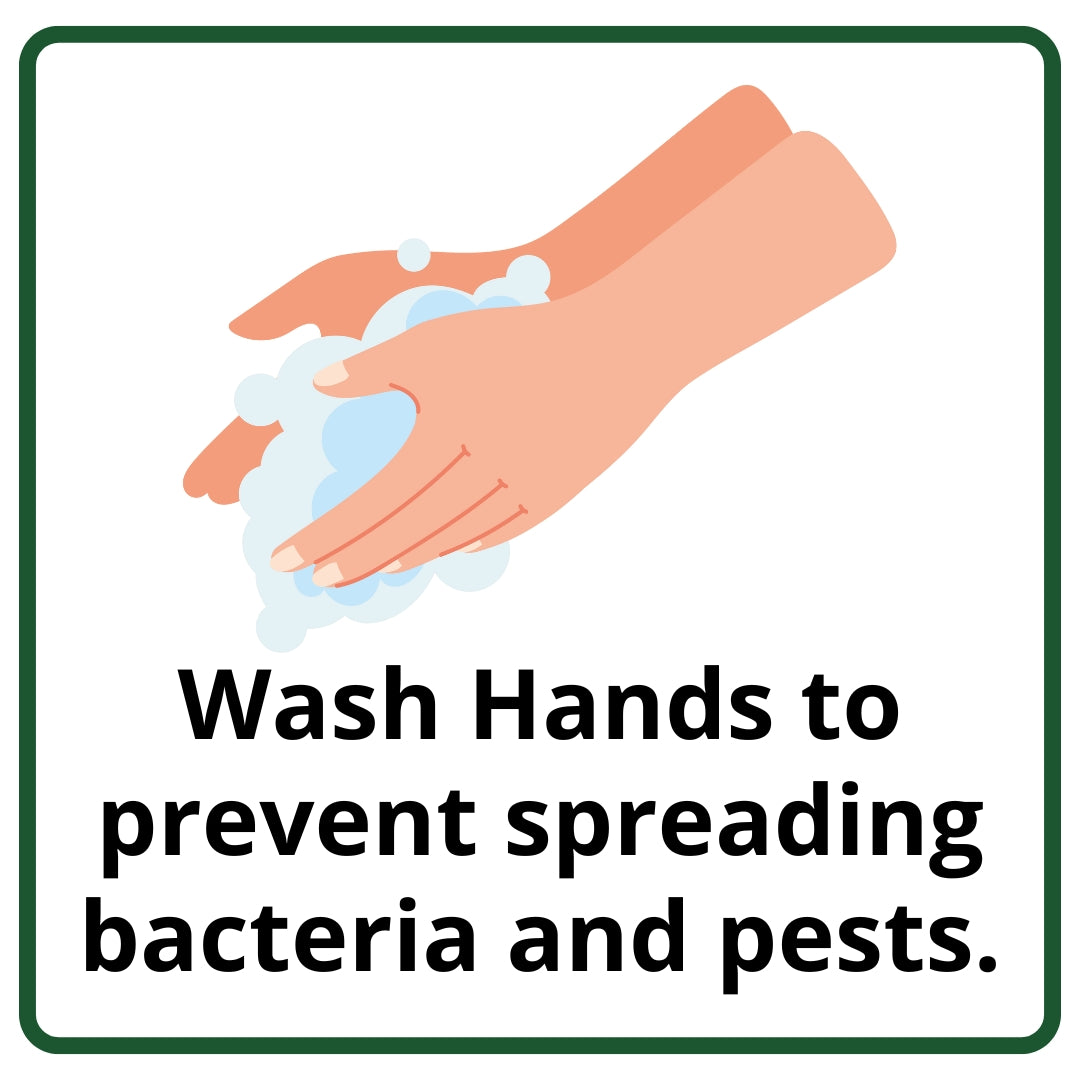
2. Sterilize Gardening Tools Regularly

3. Keep Pots and Containers Clean
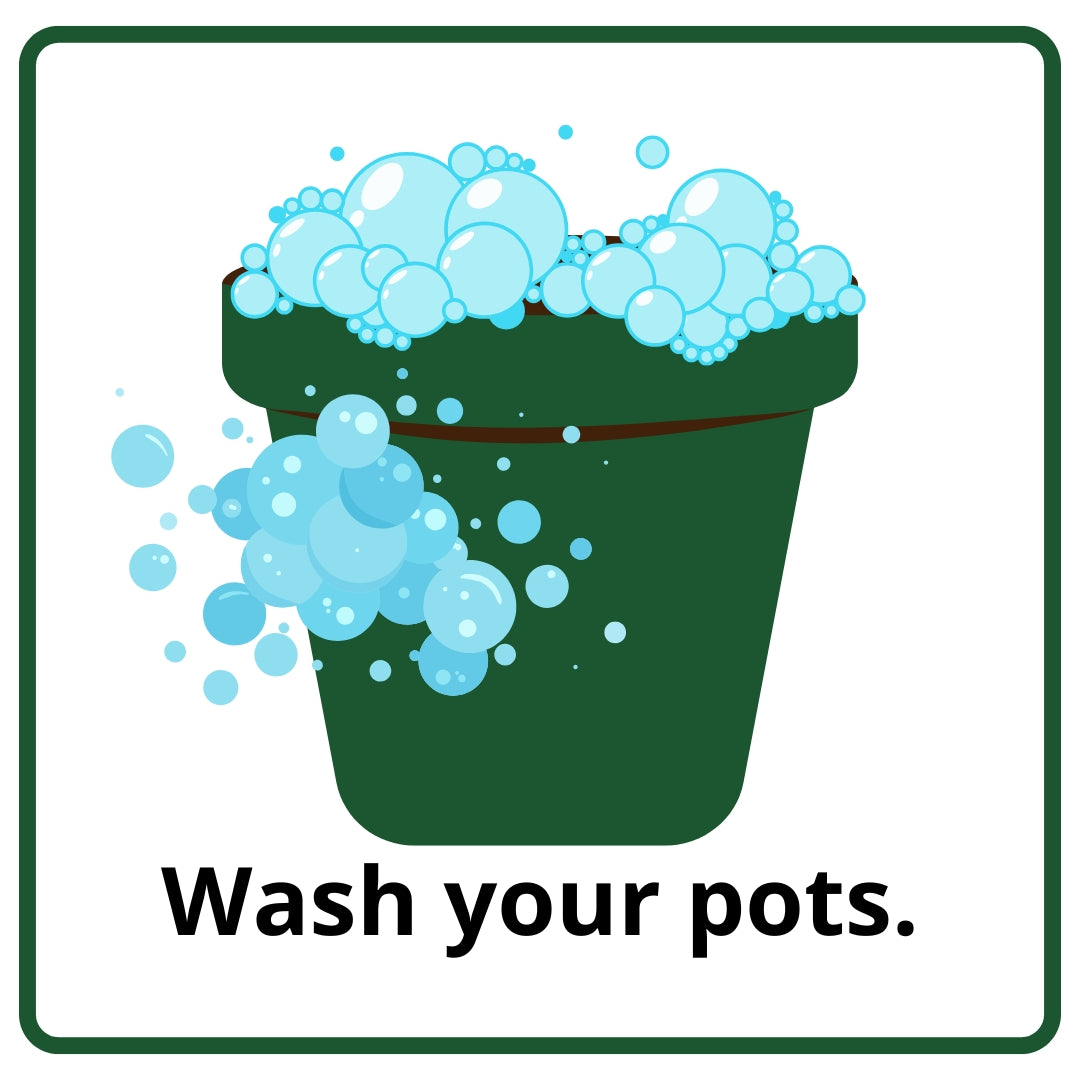
4. Remove Dead Leaves and Debris Promptly
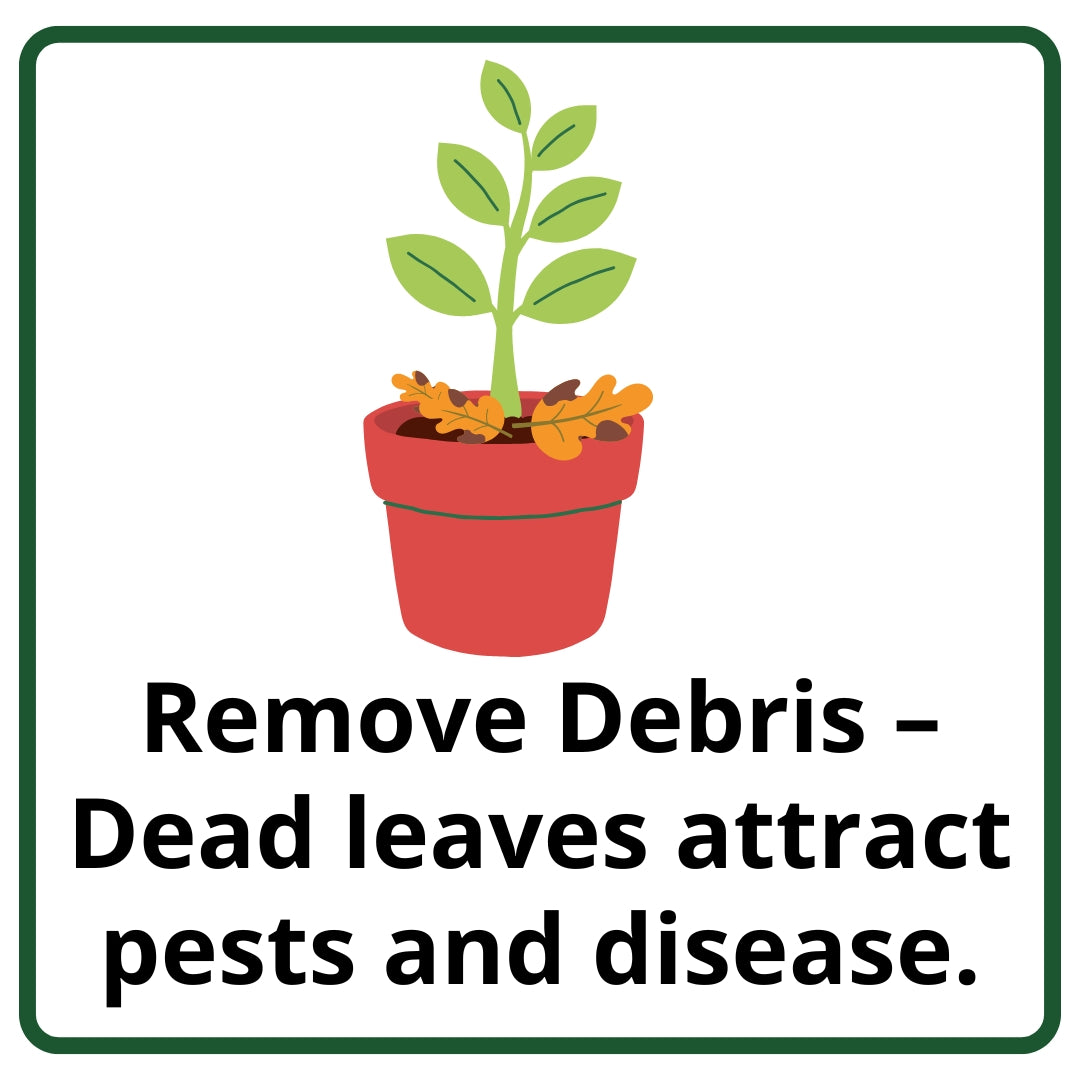
5. Quarantine New Plants
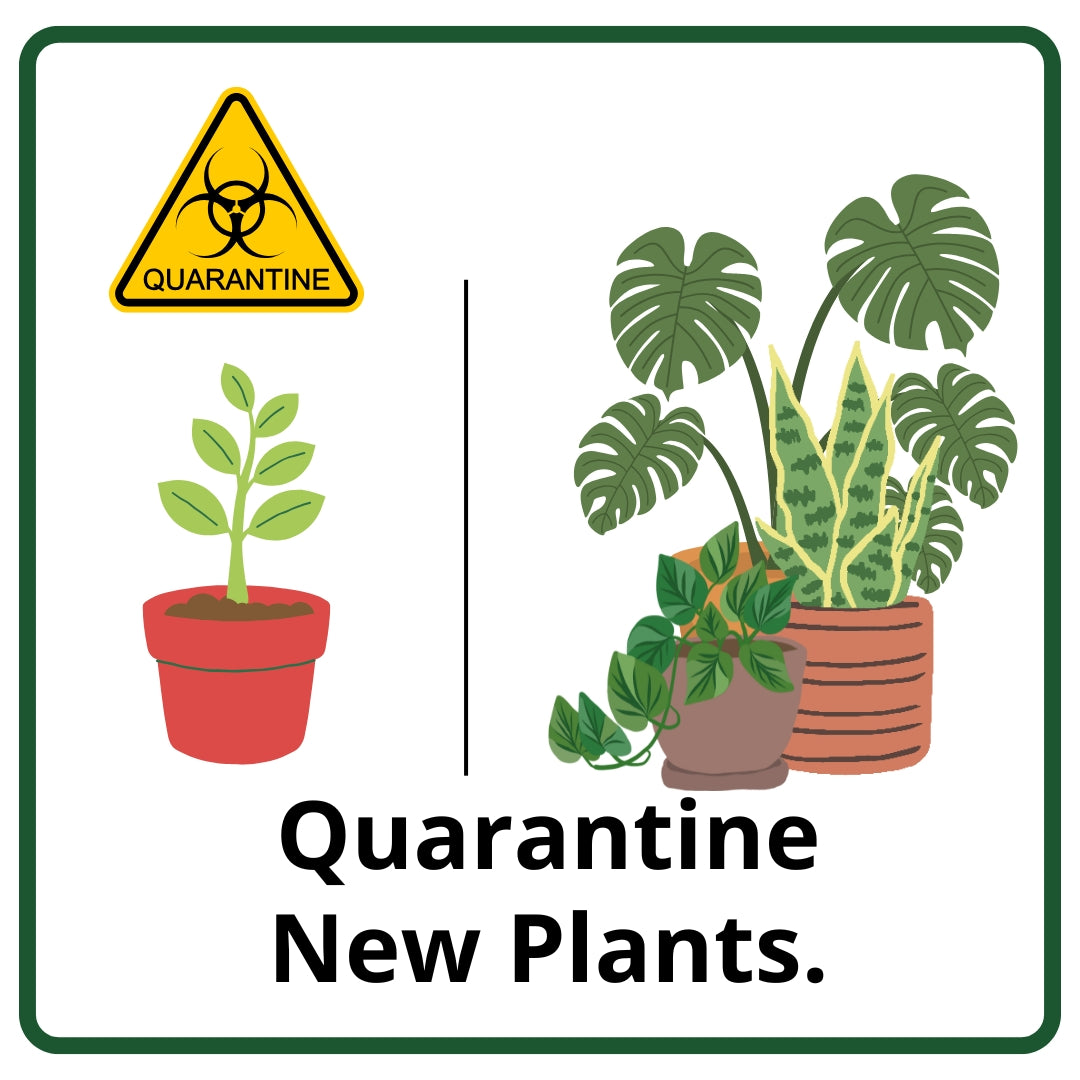
6. Avoid Overwatering and Keep Surfaces Dry
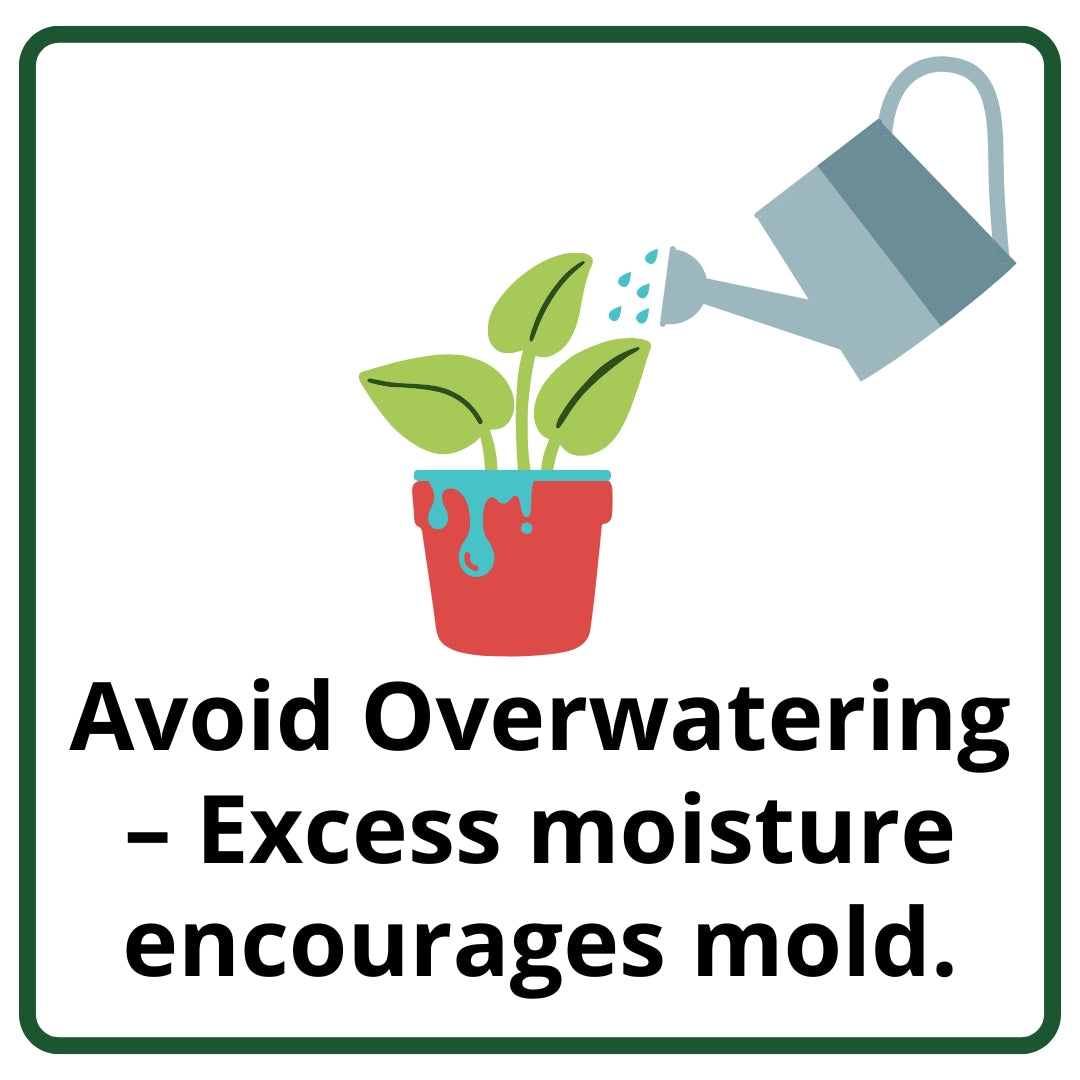
7. Be Mindful of Your Clothing

Title
A Clean Routine for Happy Plants
Subscribe
Articles for you
Related Products




